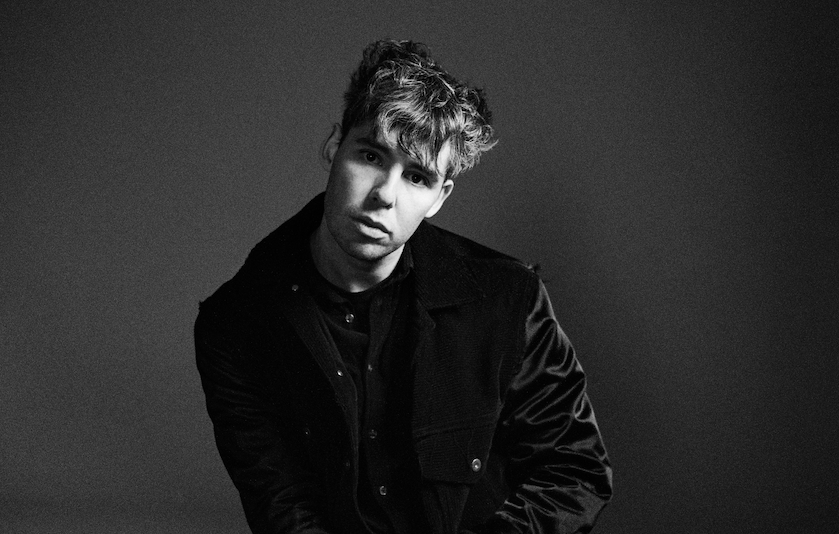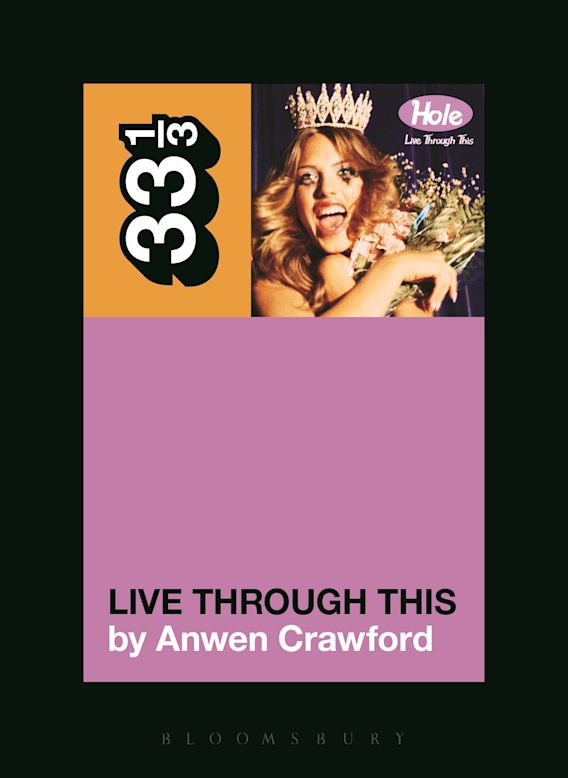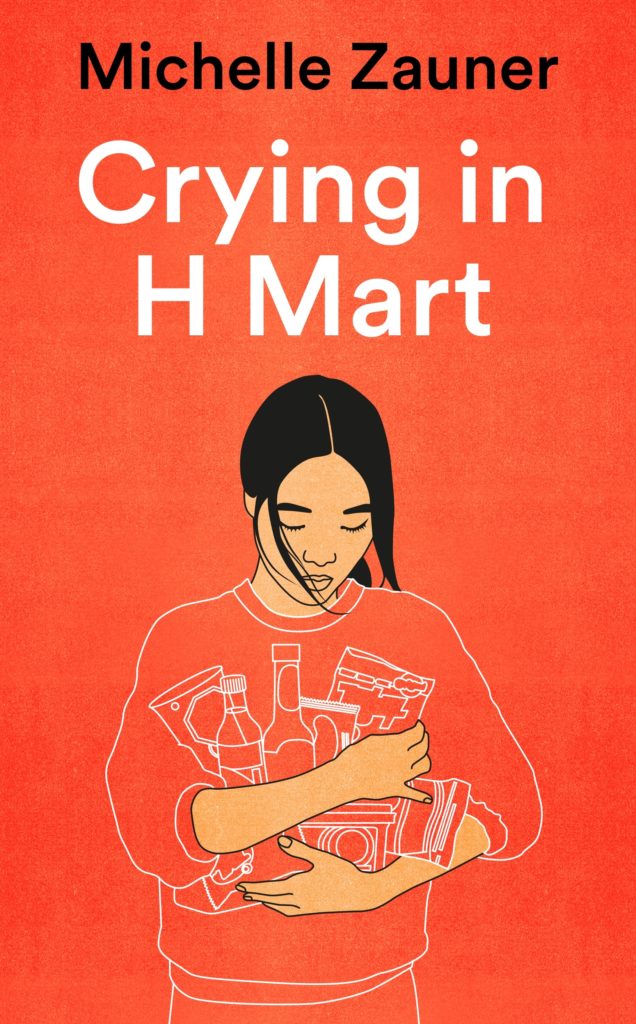First and foremost, I am not a writer, at least not in the traditional sense.
I am a musician first, and a songwriter second.
Last year I put out a debut album (SWANDREAM) and was interviewed by The Guardian for an article called “Beauty and the Books”, in which you discuss your favourite reads, along with your best beauty products. The article is a surprising hit, but when I was interviewed I realised that as a teenager I had a huge appetite for reading. I read anything, and everywhere, participated in Extension 2 English and was gifted a set of Raymond Carver and Peter Carey books by my English Teacher as a parting gift upon completing my HSC.
I tore through the Penguin Classics, developed an appetite for Elliot Perlman and other Australian authors and always carried a book in my tote bag – as per the artistic gay law.

As an adult reaching 31 in a couple of months I realised I’d maybe read less than 10 books in the years since I finished school. I questioned why: as a songwriter, concerned with lyrics, it’s important to read. Why wasn’t I reading? I started to hate my phone, always the first to blame in this scenario, and in turn I kind of hated myself but felt a malaise about making any progress. It seemed impossible to get back to. I kept scrolling.
Anwen’s course, Writing About Art, was a lifeline I saw during my 100th twitter scroll of the day, and jumped for it. I signed up immediately. In joining (prior to the recent lockdown) I had organised to take five Thursdays off work just so I could attend, justifying that away from my work as a songwriter, an instrumental teacher, that I had taught students diligently for fifteen years, almost religiously, every Thursday and it was time to do something for myself, and my own education. I wanted so desperately to feed my brain.

Anwen’s book, Live Through This for the 33 1/3 series was a favourite of mine, and I enjoyed her music criticism in The Monthly. It was an easy sell to someone like me who practiced in music, but who finds themselves intimidated by tasks and conversations in the world of literature. A non-writer-doing-a-writing-course-but-what-is-a-writer-anyway.
Art was something I could talk about, and maybe a way back in.
As the first week loomed, the city went into lockdown – and feeling grateful I had already signed up I logged on to find a small, but encouraging, group of faces in my class.
A friend of mine, another composer, a friendly surprise: someone else I knew from online, an actor who also worked in various roles in film, a few authors, an editor and a dancer. The non writers out weighed those in practice.
We all found ourselves thrown together to discuss everything from a review of Call me By Your Name, to a section of an essay by Zadie Smith – once we even looked at Timothy Chalamet’s silver suit from the Cannes Film Festival and talked about the meaning of Drake.
The five weeks went quickly, and during each class we did a small writing assignment in private. My friend, the composer, would call me at 8:30 on the dot at the end of class, and we continued talking on the phone, sometimes reading each other our hastily written works, scrappy but proud. It felt good to talk about art, and discuss art, and writing, and music, and reading, and what we were watching, or recommend other things we should look at, watch, listen and read. At the end of the last class Anwen signed off and we left the zoom. Bittersweet.
During this time I made a small personal achievement.
After not really engaging with more than a book a year since those HSC days, I made a pact to myself to get through my “emotional support pile of books” on my bedside table, that had been slowly reaching double digits, all untouched.

I forced myself to read a chapter of Crying in H Mart by Michelle Zauner each day, until I tricked myself into reading a few more chapters at a time before finishing the book. It became a morning ritual.
I realised that it was the community of other voices and opinions -that excitement of sharing, and actually discussing work, having varied opinions and backgrounds – that made art and reading fun again. I had missed it. It’s funny to think I had so many friends that worked in the arts, but rarely did we discuss work. We discussed the day, the heavy and the light and all that was in-between, but art? not so much…
A few of us who were keen messaged each other after class to start a book club. We agreed to read no-one is talking about this by Patricia Lockwood. To be honest I had kind of been pushing for the group to read it as it lay on my emotional support pile, and now I had one down, the rest had to go! Plus, I’m pretty sure I saw Benjamin Law raving about it on Instagram, and he always has good taste. Brigid Delany has DEFINITELY tweeted about it.
Sticking not just to the group, we agreed we could all invite one other friend from “The Outside”. I invited a friend of mine who used to manage a children’s bookshop that specialised in multilingual children’s books. A good fit, I thought. Our aims? I think at this stage just to continue to enjoy reading and carry on a conversation about art. Seems pretty simple, but as simple as our ongoing aim is, the shared comraderie we found in the class was so important during this time, and ignited something in me, in us, that it felt too special to let go. If I’m in it with others, I can’t let them down, and I can’t let myself down. I must I must keep reading and continue. Maybe we will have more aims after our first meet. I hope so. I’d like to share some song lyrics I’m working on, or discuss Lorde’s Solar Power in depth. I’ve already added them to the reading list.
– Jack Colwell